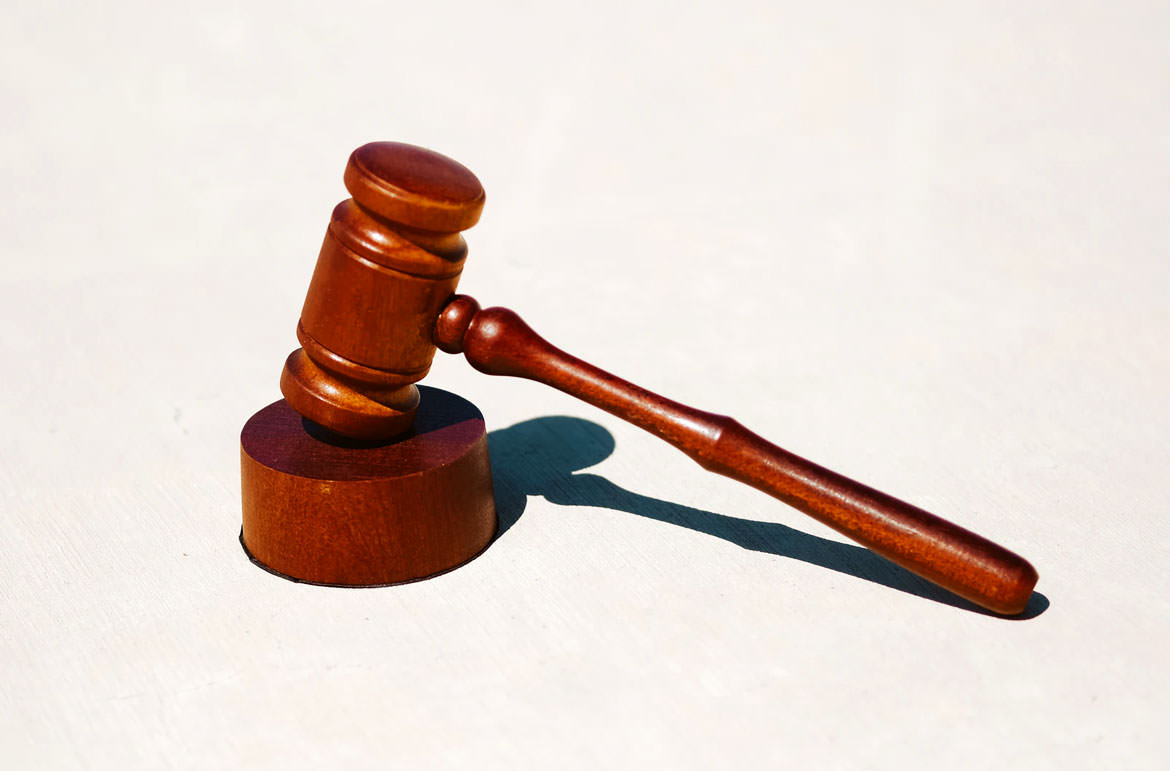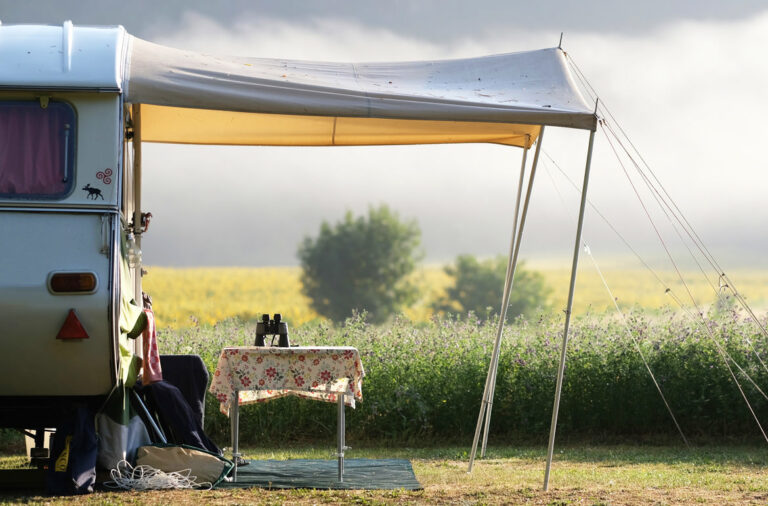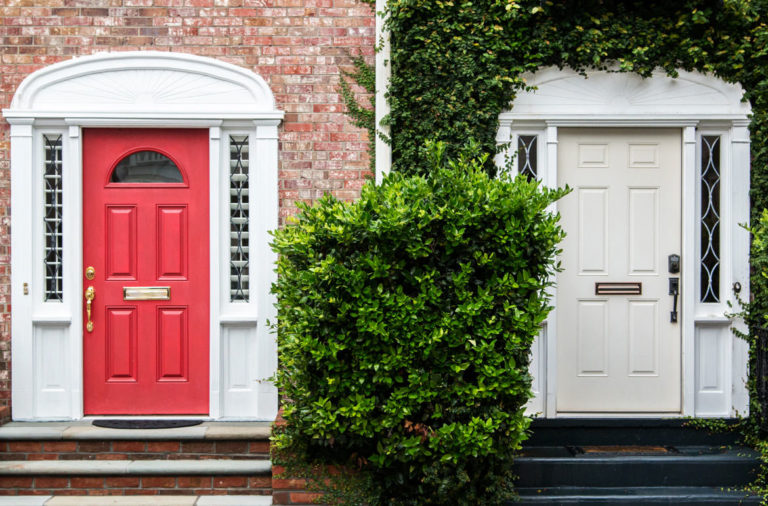
If you have something on your property that you know is illegal – What can you do about an illegal granny flat?
You can ‘register’ the granny flat with council to make it legal. Although it’s not recommended you do so after it has been built. It will take longer and cost more. But if you happen to buy a property, there are steps you can take to make an unauthorised secondary dwelling legal.
Today I will discuss what to do with an illegal granny flat. And if you can be fined when Council finds out.
DON'T PAY A FORTUNE FOR YOUR GRANNY FLAT. Find out how to deal with council and build a granny flat for the lowest cost possible. Learn More.
I will also cover what to do if you buy a property with an illegal granny flat, and whether you can sue a previous owner or receive compensation.
Plus all important points that a lot of people miss.
What to Do if You Want to Approve a Structure as a Granny Flat
If you have built a granny flat on your property without gaining the correct approval, it is possible (but not recommend) to apply for approval afterwards. This is called retrospective planning approval and will cost you roughly three times the amount of the proper process of approval.

This process can take some time, but it is well worth it.
However, it will save you from being fined when the Council finds out it wasn’t approved. So, if you need to apply for retrospective planning approval, it’s important to first notify your Council that you are seeking their advice.
Then, you will need to contact a Building Professional (that is, a highly experienced builder) who knows your local regulations. They will deal directly with Council – contacting them and informing them that they are taking care of the situation.
It’s up to this professional to determine that either:
-
Your existing granny flat already complies with all of your Planning and Building requirements, or
-
Specific works are required to make the granny flat compliant.
From here, you will basically be working backwards.
The builder you choose should have the necessary knowledge and contacts in the construction industry, as it’s likely you will need;
- Drawings of the design of your granny flat.
- All of the paperwork required to apply for a Development Application (DA).
- An Engineers’ report – Which will include a measure of the existing dwelling, site and floor plans, elevations, etc.
- A Land Survey – To ensure the granny flat is located properly on your land, and check your property size and levels.
- Your Section 10.7 Certificate – To check if there are any restrictions on your property and your planning requirements.
- A BASIX Certificate – To ensure the granny flat meets the energy efficiency requirements.
Once the paperwork is prepared, the Development Application will be lodged with local Council, ONLY IF your unauthorised work is compliant with your regulations.
Your builder should also prepare any meetings between yourself and the Council if there are any problems. If all goes accordingly, and your DA is approved, there is yet another step. You will be required to submit a Building Certificate Application with your Council.
This is needed to prove that your granny flat is compliant with the Building Code of Australia (BCA). It may include a;
- BCA report – This is required to ensure that the building work adheres to the multiple points of code, and all Australian Standards work was performed by a professional.
- An Engineers report – This shows that your granny flat is structurally sufficient.
- A Pest Certificate – This shows that the granny flat complies with Australian Standards.
- An Electrical Certificate – Needed by a licensed Electrician, it certifies the electrical works complies with Australian Standards.
- A Plumbing Certificate – Needed from a licensed Plumber, and possibly your water corporation, to make sure that the plumbing works is compliant with the plumbing code.
- A Waterproofing Certificate – By a qualified waterproofer, for any wet areas (i.e. the bathroom or laundry).
- A Glazing Certificate – To certify the glazing is compliant with Australian standards.
Certificates from other professionals may be required as requested. Finally, if you’re advised that must fix any work in the granny flat, to make it comply with your Councils’ regulations, this means construction is required.
As such, then a Construction Certificate will need to be applied for. This can usually be done through Council or a certifier.
Can You Be Fined if Council Finds Out it Was Not Approved?
Yes – if the Council finds out that you have built a secondary dwelling and did not gain approval for it, this gives them the authority to carry out further works.
The process generally follows these three steps:
- You will receive a “Notice of Intention to Serve” – This allows you 21 days to sort out the issue (i.e. apply for retrospective planning approval).
- You will then get a “Notice to Remedy” – If you did not comply within the deadline given, the Council now has authority to ask you to demolish your granny flat.
- Court – If you still don’t comply, Council can now take you to Court, where you can receive fine after fine, until the granny flat is demolished.
What to Do if You Buy a Property With an Illegal Granny Flat?
Unfortunately, a quite common problem is that a granny flat that was not approved will not be recognised until the property is sold. Known cases include a granny flat that never received its’ Occupation Certificate, so was not legal, and another that was only approved as a “shed” – which is not a habitable space.
If you find yourself in this position, decide whether you want to keep the granny flat, as you’ve found yourself in a complicated mess.
You too will have to go through the process of retrospective planning approval (as discussed above), yet not having known how the granny flat was built, if can make gathering the required documentation harder. Best to contact the real estate agent to reach out to the previous owner.
Can You Sue a Previous Owner or Receive Compensation?
Anyone who advertises a property that has a secondary dwelling, but at a later date it is found out that the dwelling did not meet all legal requirements, can:
- Be found to have been involved dishonest, misleading conduct.
This can result in large fines.
So, if you have put an offer on a property, and before settlement, you find out that the granny flat on the property is unauthorised, what happens next depends upon if the seller was aware or not. Or, if you move into a new home, and find out that the granny flat is not authorised, your options depend on whether the seller knew before they sold.
If the seller didn’t know that the secondary dwelling was not approved, then;
- The sale will go through to settlement, with no more responsibility on the seller.
- Once Council is aware of the unapproved dwelling, it is up to you to fix the matter after settlement – meaning, retrospective approval from local Council.
If the seller was aware that the secondary dwelling was not approved (but did not reveal this information to the real estate agent), then;
- The contract for sale would proceed to settlement, but after settlement you can take action against the seller.
- You may recover any damages you sustained from the seller not disclosing relevant information.
Another option, to protect yourself, is to make it a condition when signing the Offer and Acceptance form, that settlement is conditional upon any structures being Council approved. This means that if it turns out there are any unapproved structures, you have the right to revoke the contract.
How to Confirm a Secondary Dwelling is a Legal ‘Granny Flat’
Quite often home buyers will purchase a property and aren’t aware that structures on the property don’t have Council approval.
This tends to be more common with older houses.
So, how do you check that every structure on the property is Council approved?
Well, if interested in purchasing a property, it’s important that you check the planning and building approval from the relevant local Council. Just give the Council a call and advise them of what you are doing and why, and they will point you in the right direction.
Will You Be Forced to Knock it Down
Yes, it is highly important that you either get the correct Council approval from the start, or you get retrospective planning approval.
Otherwise, as discussed Council has the authority to:
Ask you to apply for approval, and if this is not done, authorise you to knock it down. If you still do not follow these orders, they can take you to Court and fine you until you comply.
Do You Need Council Approval to Knock Down a Granny Flat
Yes – what is known as a demolition permit will be required for demolition work. This is needed whether you are planning on knocking down part, or all, of your granny flat.
This is all about looking after your health and safety – for example, if asbestos is involved, or if you are decommissioning a septic tank. You may also be required to request consent from neighbouring properties – if the proposed demolition is likely to impact their property in an unfavourable manner.
If consent is not given by adjoining landowners, you may be able to get a Court order to go ahead with the proposed demolition work instead. I suggest that you contact your local Council for all the information and regulations regarding a demolition permit, including what they will cost as they differ from location to location.
Conclusion
An unapproved granny flat is common – they tend to come to light when a property is being sold, causing problems for the buyer and seller. You can go through a long and costly process of retrospective planning approval, both if you built the granny flat illegally or purchased a property with an unauthorised dwelling.
If the seller knew about the unapproved dwelling, you have the right to take action against the seller and may recover any losses.
I suggest that you do your research first, and apply for the correct approval in advance. If not, Council may fine you, or force you to demolish the granny flat.
I have an article all about granny flats without Council approval. If you want to dig a little deeper in some other options you may not have considered.












